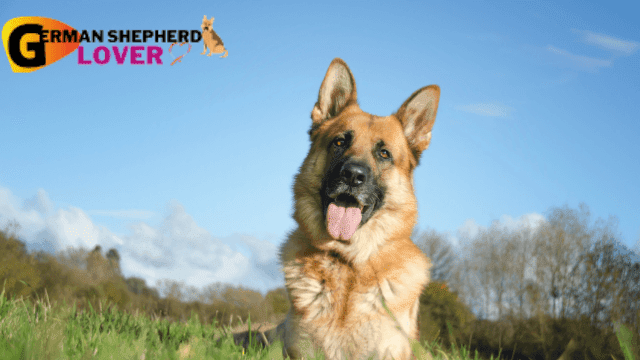I already discussed the two lineages within the German Shepherd dog breed: American and German. I discussed how a single breed developed into two distinct species and promised that I would go into further depth about the distinctions between these two GSD types in subsequent posts. This is the second part of that earlier post.
The first fascination in the german shepherd breed
In 1899, the first registration was established. Captain von Stephanitz was the Fédération Cynologique Internationale’s president (an association engaged in cultivating the breed).
He established the first breed standard for the German Shepherd dog. He emphasizes the breed’s practicality and intelligence in the middle. His and the Fédération Cynologique Internationale’s (SV) goal was to develop a dog with a consistent structure and working abilities and a dog capable of excellent performance.
German Shepherd dogs were bred to be herding dogs. For lengthy lengths of time, herding dogs must trot on and off. These canines must possess exceptional endurance, mobility, vigor, and tenacity.
German shepherd features
Character is another critical aspect of the German Shepherd dog breed. According to the GSD breed standard, German Shepherds must be bold, confident, alert, attentive, trainable, loyal, and incorruptible. Additionally, it must be brave, possess a fighting spirit, and be tough.
These features qualify it as a fantastic working dog, an exceptional guard dog, a favored protection dog, an ideal companion, and an exceptional herding dog.
In Germany, the SV, a regulatory body that oversees breeding, imposes strict standards. Anyone with access to these dogs’ hip ratings shows titles and working titles may scrutinize them for decades. In the United States of America, the American Kennel Club has no authority and does not enforce a rigorous standard.
The distinction between the American and German shepherd
There are several structural and temperamental distinctions between the GSD and the American Shepherd. I’ll discuss a few of them to give you a sense of what I’m talking about.
There are a few distinctions that everyone might detect at first glance. The most apparent characteristic is size.
German Shepherds descended from German ancestors are often somewhat bigger than German Shepherds descended from American ancestors. The color is different. German Shepherds reared in Germany are often darker in color than American-bred German Shepherds.
There is a distinction that is both visible and significant; it is called posture. German-bred GSDs have a more horizontal back. On the other hand, American-style German Shepherds have a downward-angled back that begins at the head and terminates at the base of the tail.
Additionally, their hip joints are pretty acutely inclined. This gives the impression that the dogs produced in America are long and completely different from those raised in Germany.
Additionally, these features contribute to the American German Shepherd’s fluid stride, which is highly regarded in the American show ring.
While some may find this attractive, this is not a question of taste; instead, it is an issue of health. This is not a typical position in the GSD, and it increases the risk of developing hip dysplasia. German lines have a decreased risk of hip issues, owing mainly to the Fédération Cynologique Internationale’s breeding criteria.
Temperament is a critical characteristic of the GSD breed. The GSD is an excellent all-around dog; it has a beautiful temperament, is a lovely family dog, and an amiable and protective dog. American show breeders have bred for severe angulation, which has resulted in German Shepherds devoid of working abilities, drive, temperament, and nerves.
American german shepherd breed development
In America, and indeed around the globe, dog exhibitions are won by exceptional beauty. This dog was developed in America for its beauty and extremes and has shaped it into what it is now. American lines are not being bred for their original purpose of being working dogs.
They are born to compete in dog shows. I believe it is pointless to produce a dog to show him in the confirmation ring.
The German Shepherd dog breed is one of the most adaptable canine breeds ever created, but it must be developed for its specific function to maintain that versatility.

